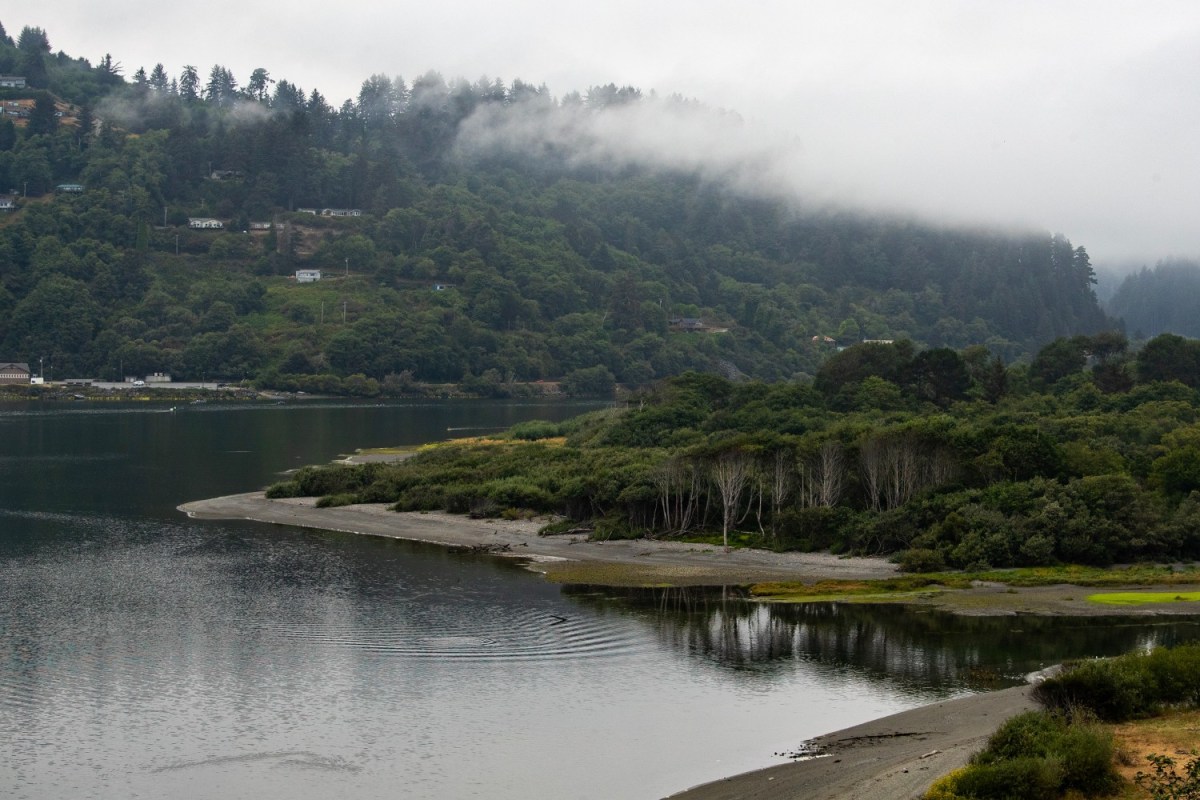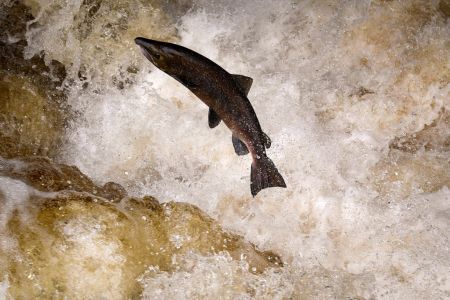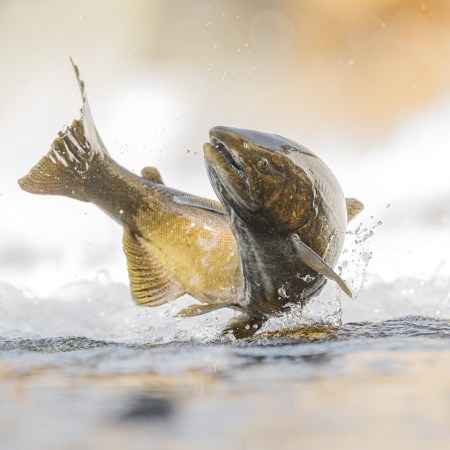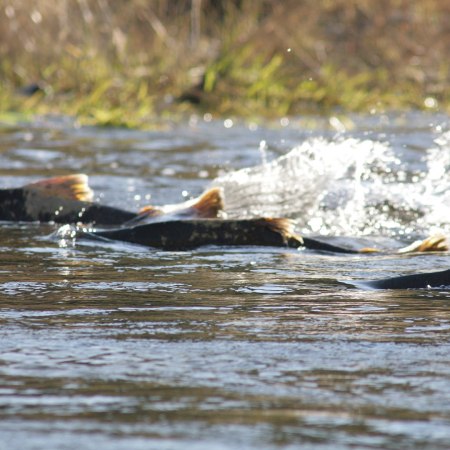In northern California and southern Oregon, the Klamath River makes its way across the terrain as it has for countless years. Soon enough, the river’s flow is set to return to what it was once like centuries ago, as a series of dams situated along the river are gradually removed. The procedure is similar to what what done on other rivers throughout the United States, including the Penobscot — and it’s being done for reasons related to both environmental concerns and the rights of Indigenous groups that have used the river for hundreds of years, if not longer.
Writing at NPR, Erik Neumann and Juliet Grable have more details on the efforts to reshape the Klamath River — and what the environmental effects of those changes might be. As Neumann and Grable explain, the presence of the dams along the river meant that salmon could no longer travel the full length of the river — and when the fish in question died in the tens of thousands in 2002, it made the case for removing the dams in a dramatic fashion.
“[I]t was a fight that we were committed to, and that we knew that we had to win,” Karuk Tribe elder Leaf Hillman told NPR. “And it’s been an intergenerational struggle.”
The latest step in this effort — considered to be the largest-scale dam removal ever undertaken — involves lowering reservoirs along the river.
Drought Conditions Pose Existential Crisis for California’s Salmon
Could a storied species vanish?NPR’s reporting notes that there’s one substantial concern for the area — namely, what effect the changes to the river might have when it comes to wildfires. If there’s a way to balance that with environmental restoration efforts comparable to what happened with the Penobscot River restoration — which returned millions of migratory fish to the river — it’ll be a big step forward for California’s ecosystems.
This article appeared in an InsideHook newsletter. Sign up for free to get more on travel, wellness, style, drinking, and culture.



















